Little known iOS 13 feature will prevent Apple from throttling iPhones in the future
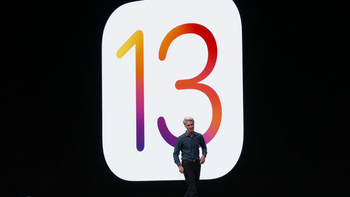
Now that Apple iPhone users aren't automatically upgrading to the latest model every year or two, the longevity of the phone's battery is more important than ever. You might recall 2017's Batterygate. Apple's iPhone Battery and Performance website points out that battery life is the amount of time a device has left to run before it needs to be charged. The battery's lifespan is the amount of time it has left before needing to be replaced. Batterygate was about the latter.
It turned out that in 2016 and early 2017, certain iPhone models (the iPhone 6, iPhone 6 Plus, iPhone 6s and iPhone 6s Plus) were shutting down whenever the phone was called on to handle a complex task. Apple responded by pushing out iOS 10.2.1, and while that stopped the phones from crashing, it allowed Apple to throttle the performance of the affected models. The company said that it had to do this because the batteries on the devices could not support certain tasks that required plenty of processing power. Apple subsequently offered a discounted battery replacement program that changed approximately 11 million iPhone batteries last year.
Apple has reportedly addressed the issue of battery longevity in iOS 13. CNBC reports today that iOS 13, which Apple unveiled last week, has a feature called Optimized Battery Charging. First, you need to understand that the lithium-ion batteries employed by Apple will quickly power up to 80% of a full charge. The remaining 20% uses a "trickle charge" that "eases the electrical current to extend battery lifespan." However, if you keep the phone plugged in even after the battery hits 100%, it will continue to trickle charge to keep the battery topped off. This can shorten the lifespan of the battery.
Optimized Battery Charging will keep the battery's lifespan from dropping
In iOS 13, Optimized Battery Charging uses machine learning so that the iPhone can remember your daily charging pattern. Knowing that you like to unplug the phone from the charger at 7 am, it will quickly replenish 80% of the iPhone's battery when you plug it in and save the remaining 20% trickle charge to coincide with your usual 7 am "unplug." By not keeping the battery charging after it is fully powered up, the battery won't suffer a drop in its expected lifespan. Apple explains Optimized Battery Charging by saying that "A new option helps slow the rate of battery aging by reducing the time your iPhone spends fully charged. iPhone uses on-device machine learning to understand your daily charging routine so it can wait to finish charging past 80% until you need to use it."
"Your iPhone is designed to deliver an experience that is simple and easy to use. This is only possible through a combination of advanced technologies and sophisticated engineering. One important technology area is battery and performance. Batteries are a complex technology, and a number of variables contribute to battery performance and related iPhone performance. All rechargeable batteries are consumables and have a limited lifespan—eventually their capacity and performance decline so that they need to be replaced. As batteries age, it can contribute to changes in iPhone performance."-Apple
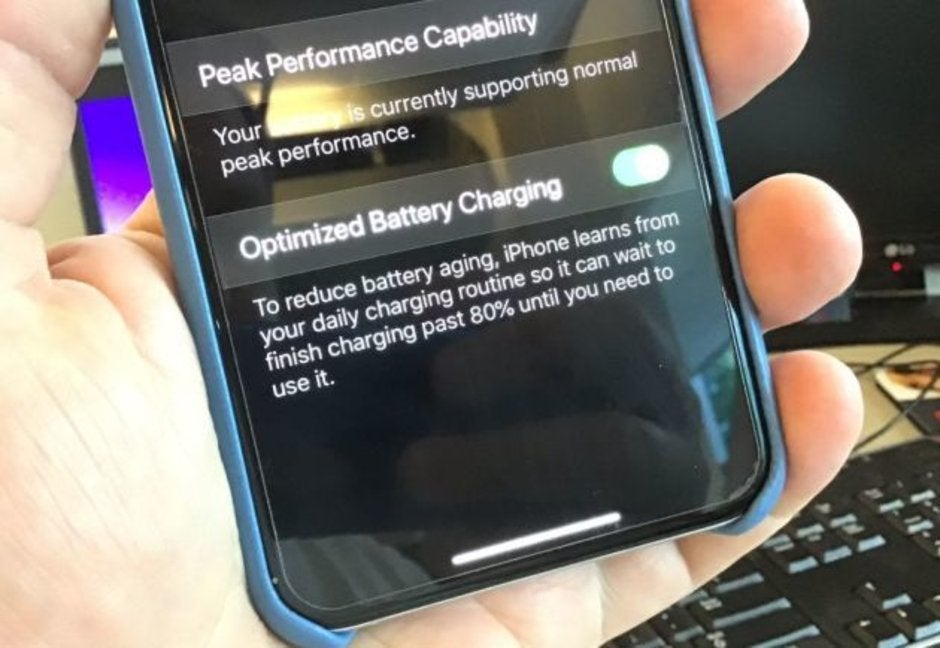
Found in battery settings on iOS 13, Optimized Battery Charging will save the lifespan of an iPhone battery
Those who have installed the iOS 13 developer preview will find the new feature turned on by default under "battery settings." This seems to be a pretty clear indication that Optimized Battery Charging will be on by default when the final version of iOS 13 is disseminated in September. And that is a good thing as far as Apple is concerned; after all, the company doesn't want to be forced to throttle the performance of the 2017 and 2018 iPhones because the batteries inside of them are no longer able to power complex tasks.






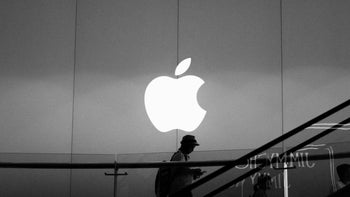
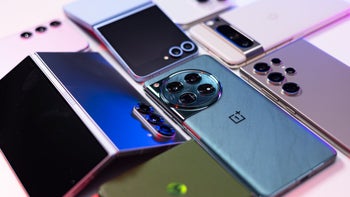
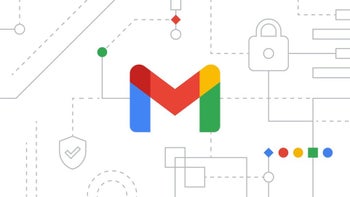
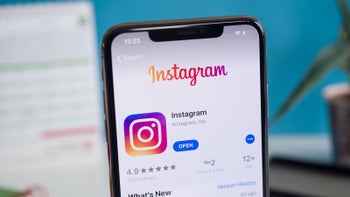
Things that are NOT allowed: